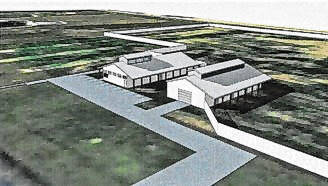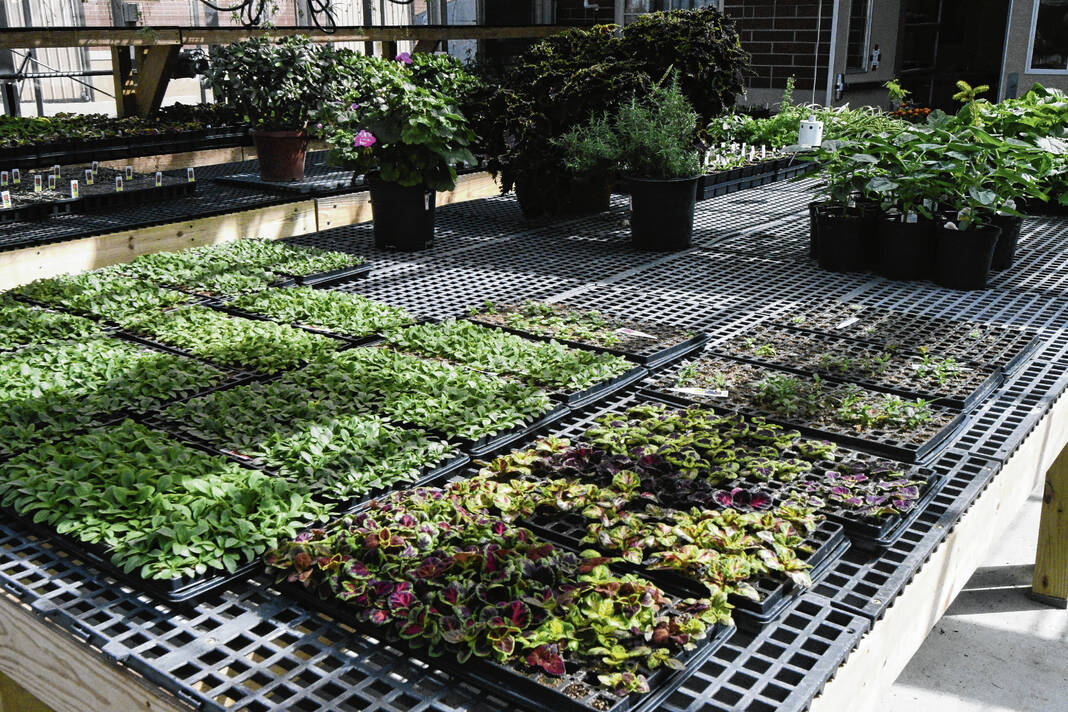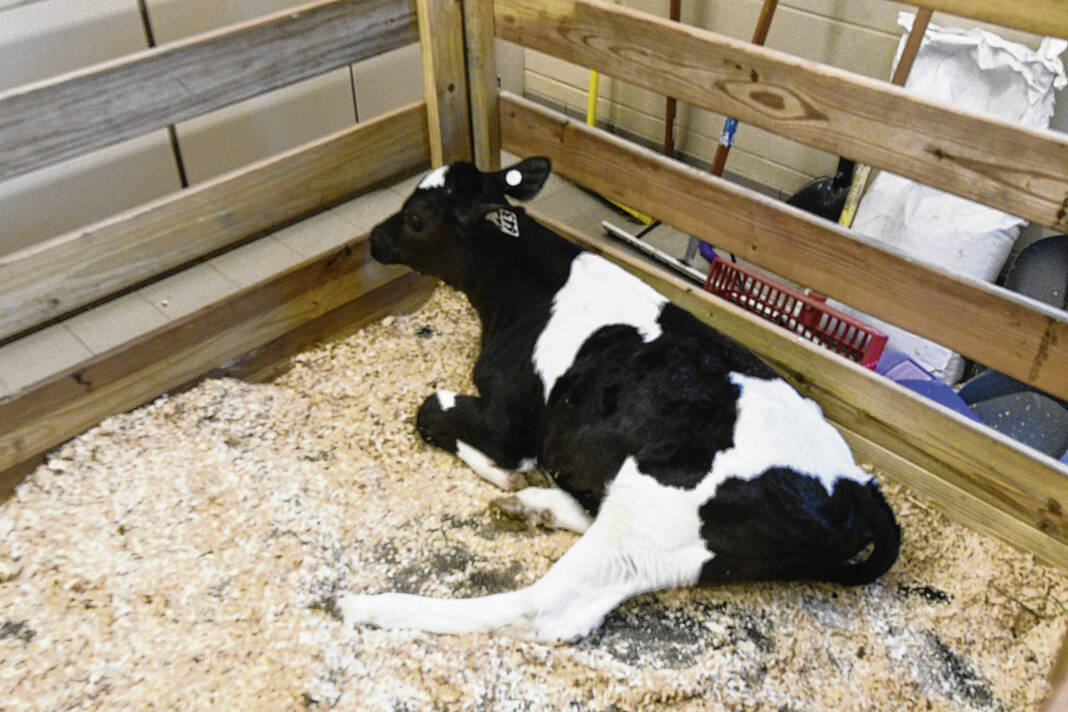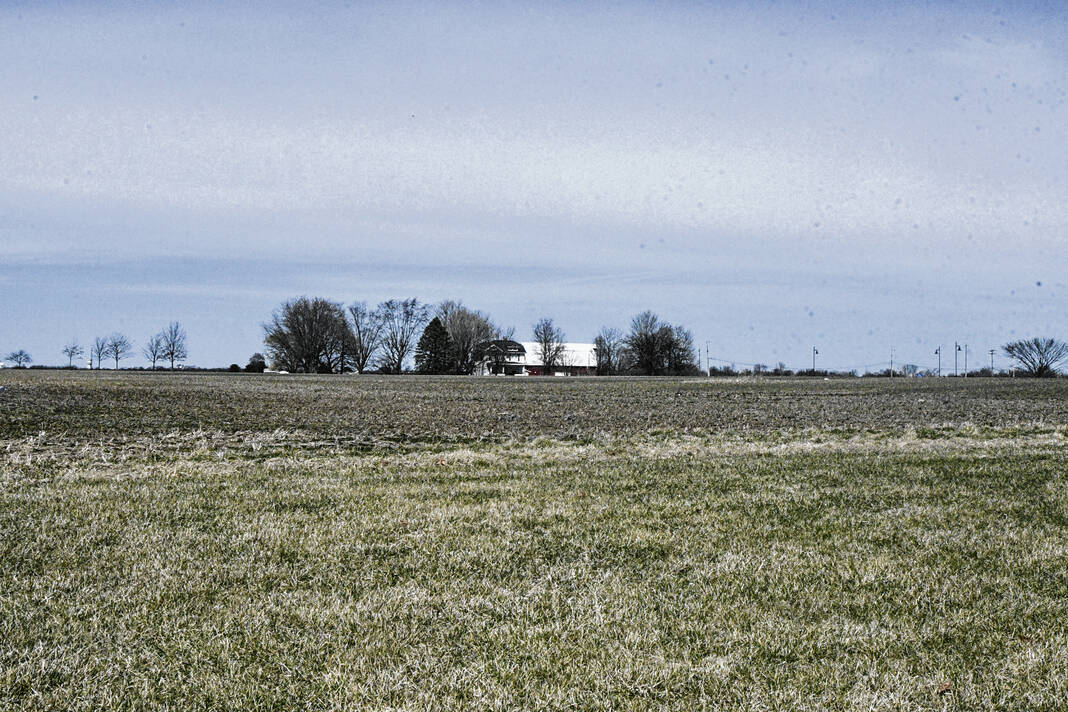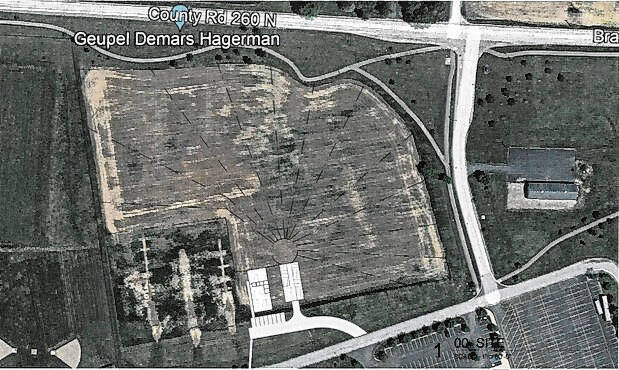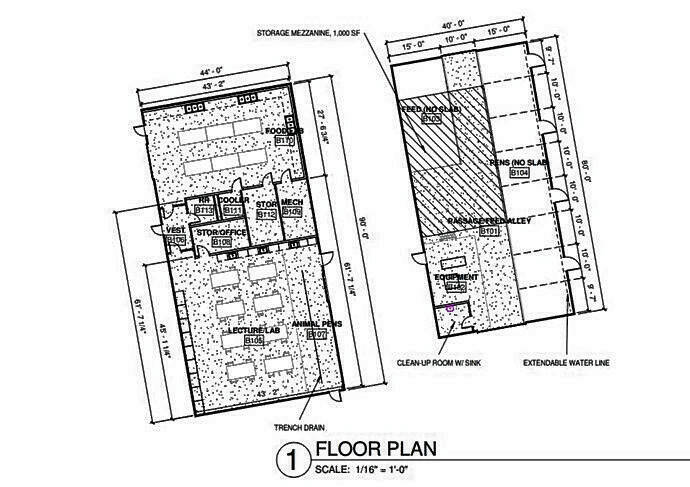Just three years ago, the Franklin high school agriculture program had about 10 active FFA members and about 100 students across all of its agriculture classes.
Now, the program, led by agricultural science teacher and FFA adviser Alicia Geesey, has a nine-acre farm for chickens and vegetables, and has ballooned to about 40 full-time FFA members, and about 250 agriculture students in classes at both Franklin Community High School and Franklin Community Middle School, Geesey said.
But they’re just getting started.
Geesey, FFA sponsor Dan Batta, and leading FFA members are planning to raise money for a facility just north of the high school, in what is currently an empty field. The potentially almost 4,000-square-foot building would house a classroom, animal pens, food lab, cooler and office, according to district documents.
A second building, adjacent and parallel to the classroom building, would be for animal storage, with pens, a passageway, feeding area and space for equipment. That building would be about 3,200 square feet, according to the documents, which were drafted pro bono by Lancer + Beebe, LLC, an Indianapolis-based architect, Geesey said.
Lancer + Beebe estimates the two buildings together would cost about $1.5 million to $2 million, but didn’t include a cost breakdown of each building, which would likely be included in the next stage of planning, she said.
Franklin schools isn’t funding the project, so money for it would need to come from fundraising.
“Our plan for fundraising is to reach out to agribusinesses in Indiana, agricultural businesses based here that have a need to have people graduating high school with an interest in agriculture,” Geesey said.
To ease the financial burden, the project would likely be broken into several stages, she said during a Franklin school board meeting in February.
“This summer, we’re doing a summer camp for students all over Johnson County to enhance our high school students’ experiences and share the love of agriculture with a younger generation,” Geesey said. “Stage two would be next year. Depending on how our fundraising efforts go, we would start construction next year in even parts. Maybe we don’t build the whole facility at once. The idea of having a part-time or full-time manager at the facility would potentially help the sustainability of the project long term; a person who can really manage the day-to-day activities and enhance opportunities for other teachers.”
Construction would be completed sometime between 2024 and 2027, she said.
Along with agriculture, the buildings could serve biology, engineering and other classes that have roots in science, technology, engineering and math, Batta said.
“They could do something out there that’s hands on that ties the knowledge they learn in the classroom to real-life situations, whether it’s animals, plants, soil (or) engineering, which we’ll be doing a lot of,” he said.
The new buildings would cut down on travel time during class, as they would be closer to the farm ground, said Tank Elmore, a sophomore and vice president of the school’s FFA program.
“There’s a lot of opportunity come summer and fall when we’re harvesting vegetables. We’ll have a place to harvest in,” Elmore said. “With meat chickens, an animal science class can be out there (near the farm) instead of walking out there and coming back in to take notes. It’s a better learning environment, and it’s helpful for students to work out there with (the animals). It’s a lot closer, it’s much more hands-on and there’s more time to learn.”
While it might take a while for the buildings to open, the long-term benefits make it worth the wait, said Jasper Carter, a junior and the school’s FFA president.
“Other schools in this area have animals, but this program has an educational purpose already brought into it. It will already be set up for maximized learning. It won’t happen overnight, but the benefits outweigh the time it will take to get those benefits,” Carter said.
The facility’s reach would extend beyond Franklin schools, Geesey said.
“It’s not only the agriculture department, but the science, arts and engineering departments that could benefit greatly from this facility,” she said. “Purdue extension, the Boys and Girls Club could all benefit. The goal is for it to be a community hub of agricultural education. I want a broader reach than Franklin Community High School agriculture. I’m a hyper-optimistic person, and I’m confident we can get this done.”


